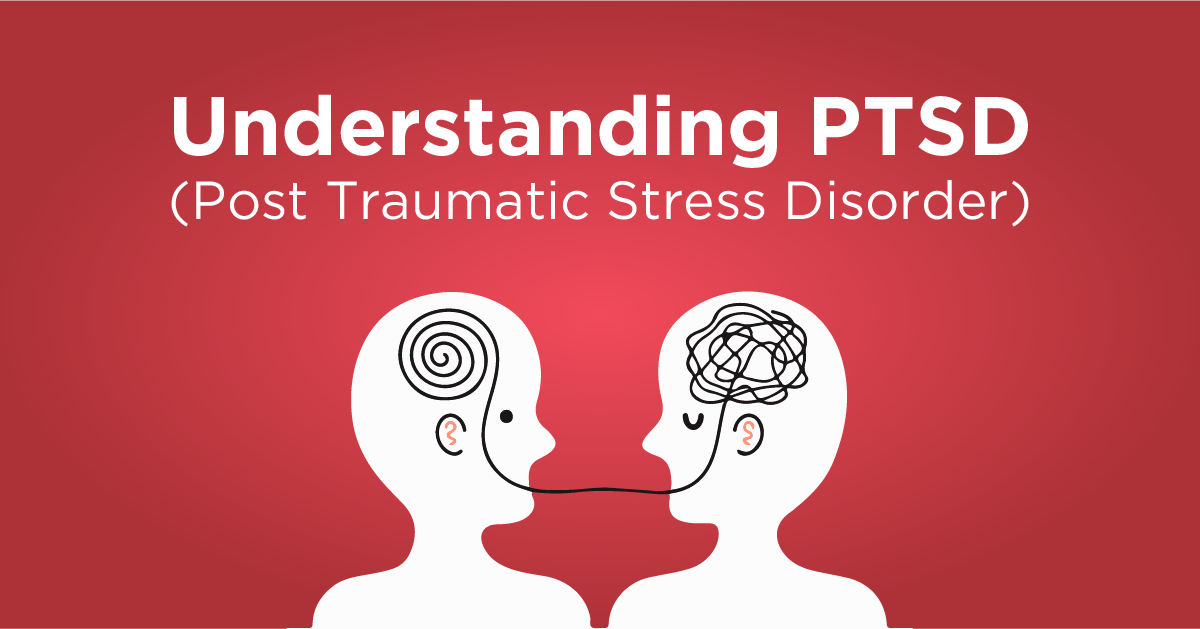Understanding Post-Traumatic Stress Disorder (PTSD) involves delving into its various facets, including its definition, causes, symptoms, and treatment. Let’s explore each of these components in more detail:
- Definition:
PTSD is a mental health disorder that can develop in individuals who have experienced or witnessed a traumatic event. The trauma may involve direct personal experience, witnessing an event, or learning about a traumatic event that happened to a close friend or family member. The Diagnostic and Statistical Manual of Mental Disorders (DSM-5) outlines specific criteria for diagnosing PTSD, including the presence of symptoms such as intrusive thoughts, avoidance behaviors, negative changes in mood and cognition, and heightened arousal. - Causes and Risk Factors:
Traumatic events that can lead to PTSD are diverse and can include experiences like combat exposure, sexual assault, accidents, natural disasters, and more. While not everyone exposed to trauma develops PTSD, certain risk factors can increase susceptibility. These include a history of trauma, a family history of mental health issues, pre-existing mental health conditions, and a lack of strong social support. - Symptoms:
PTSD symptoms can be categorized into four clusters:
- Intrusive Thoughts: Individuals may experience distressing memories, nightmares, or flashbacks related to the traumatic event.
- Avoidance: Efforts to avoid reminders of the trauma, leading to social withdrawal or avoidance of places and activities associated with the event.
- Negative Changes in Mood and Cognition: Persistent negative emotions, distorted thoughts about oneself or others, and feelings of detachment or estrangement.
- Arousal and Reactivity: Hyperarousal, including irritability, difficulty sleeping, hypervigilance, and an exaggerated startle response.
- Diagnosis:
Mental health professionals use standardized diagnostic criteria, such as those outlined in the DSM-5, to diagnose PTSD. A thorough assessment involves evaluating the presence and severity of symptoms, the impact on daily functioning, and the duration of symptoms. - Treatment Approaches:
Treating PTSD often involves a combination of psychotherapy, medication, and support. Some common approaches include:
- Cognitive-Behavioral Therapy (CBT): Helps individuals identify and change negative thought patterns and behaviors.
- Exposure Therapy: Gradual and controlled exposure to the traumatic memories to reduce their impact.
- Eye Movement Desensitization and Reprocessing (EMDR): Involves guided eye movements to process traumatic memories.
- Medication: Antidepressants and anti-anxiety medications may be prescribed to alleviate symptoms.
- Impact on Daily Life:
PTSD can significantly impact various aspects of an individual’s life. It may affect relationships, work, and overall quality of life. Co-occurring conditions such as depression, anxiety, and substance abuse can also complicate the picture. - Coping Strategies and Prevention:
Building healthy coping strategies is crucial for individuals with PTSD. This may include seeking social support, engaging in self-care, and learning stress management techniques. While it may not be possible to prevent all traumatic events, early intervention and support can reduce the risk of developing PTSD. - Awareness and Advocacy:
Raising awareness about PTSD is essential to combat the stigma associated with mental health conditions. Advocacy efforts aim to promote understanding, empathy, and access to mental health resources for those affected by PTSD.
Understanding PTSD involves recognizing the complexity of the disorder, acknowledging the diversity of traumatic experiences, and appreciating the individualized nature of its manifestation and recovery. Education, compassion, and a comprehensive approach to treatment are essential in addressing the challenges faced by individuals with PTSD.

